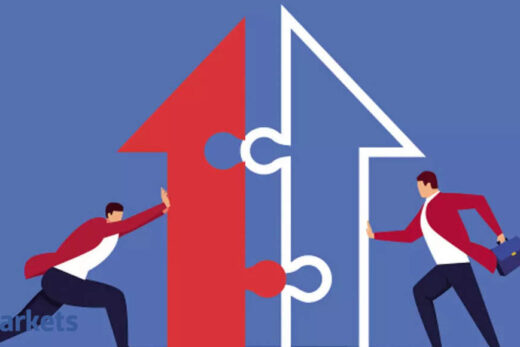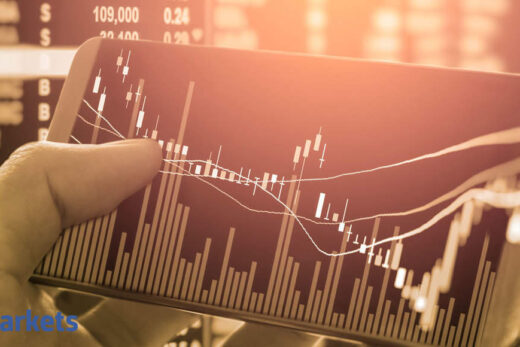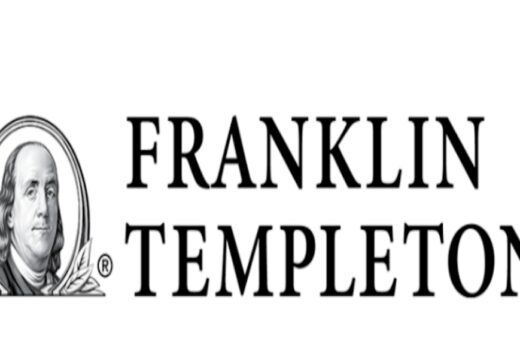On Monday, India’s market capitalisation-to-GDP ratio based on one-year forward estimates took out its previous record high of 150 per cent hit in 2007-08 as it climbed to 172 per cent. This level is more than double the 15-year median market cap-to-GDP ratio of 75 per cent and 15 per cent higher than the previous peak.
The ratio was calculated by taking expected GDP at constant price for 2021-22 based on the Reserve Bank of India’s forecasted GDP growth for the same period. The one-year forward GDP estimate was chosen for better representation as the current market capitalisations of BSE-listed companies represent discounted present value of all future cash flows.
In terms of trailing values, India’s market cap-to-GDP now stands at near 188 per cent based on the latest advanced estimate for GDP for 2020-21 and the current market capitalisation of all BSE-listed companies.
While the ratio is still way off the mind-numbing levels of the US or Taiwanese equity marketsk, it is still at an alarming height for investors that are more value conscious. For those who are keen observers of market trend, the ratio is a tell-tale sign of the overheating of stocks given that in the past such elevated levels have been followed by periods of sharp cooling off.
To be sure, investors should not look at the market cap-to-GDP ratio in isolation, as there are a few mitigating factors for the exorbitant rise in the metric over the past 18 months besides the rapid price movement in the Indian equity market.
For starters, the indicator could be rising as a result of the formalisation of the Indian economy that was kickstarted by the introduction of the unified indirect tax regime GST in 2016, and accelerated by the Covid-19 pandemic. Secondly, the torrent of initial public offerings by companies over the past 14 months has led to an expansion of the Indian equity base.
That said, there is no taking away from the ratio’s ability to act as a gauge for investor sentiment, especially during extreme phases of the emotional spectrum of the stock market.
“This is not a market about valuations, this is a market about liquidity and about feeling left-out, but everything is fully priced. I am a typical greed and fear person, and right now I am very fearful,” Sanjiv Bhasin, Director at IIFL Securities, told ETMarkets.com.
Bhasin, renowned for being among the very few on Dalal Street to call the bottom of the 2008-09 bear market, has a dire warning for investors enchanted by the surge in Indian and global equities.
“My call is that we may see the proverbial correction in the second half of September, and we are headed for that globally. On my trading side, I am very light (on positions), so if we fall I am going to sell first and then buy,” Bhasin said.
Concerns over valuations have dominated the market over the past month, especially among the value-conscious domestic institutional investors. Nifty50 index is currently trading at upwards of 23 times 2021-22 earnings and more than 20 times 2022-23 earnings, leaving very little margin for positives to be priced in.
Sanjeev Prasad of Kotak Institutional Equities last month argued that the market has priced in at least two years of earnings growth to its fullest, leaving no room for further re-rating.
“We do not see incremental good news being good enough to drive a further re-rerating of the market, as a lot of potential good news (economic and earnings recovery) is already priced into these stiff valuations,” Prasad said in a note.
“At the same time, we do not see incremental bad news on inflation and bond yields to be negative enough to drive a sharp correction in the market,” he said.
For investors, therefore, the current market dynamics are perhaps the trickiest: on one hand, there is the allure of record highs on a daily basis and the fear of missing out and on the other, the sense of dread of ending up being the greater fool who bought the market’s top.



